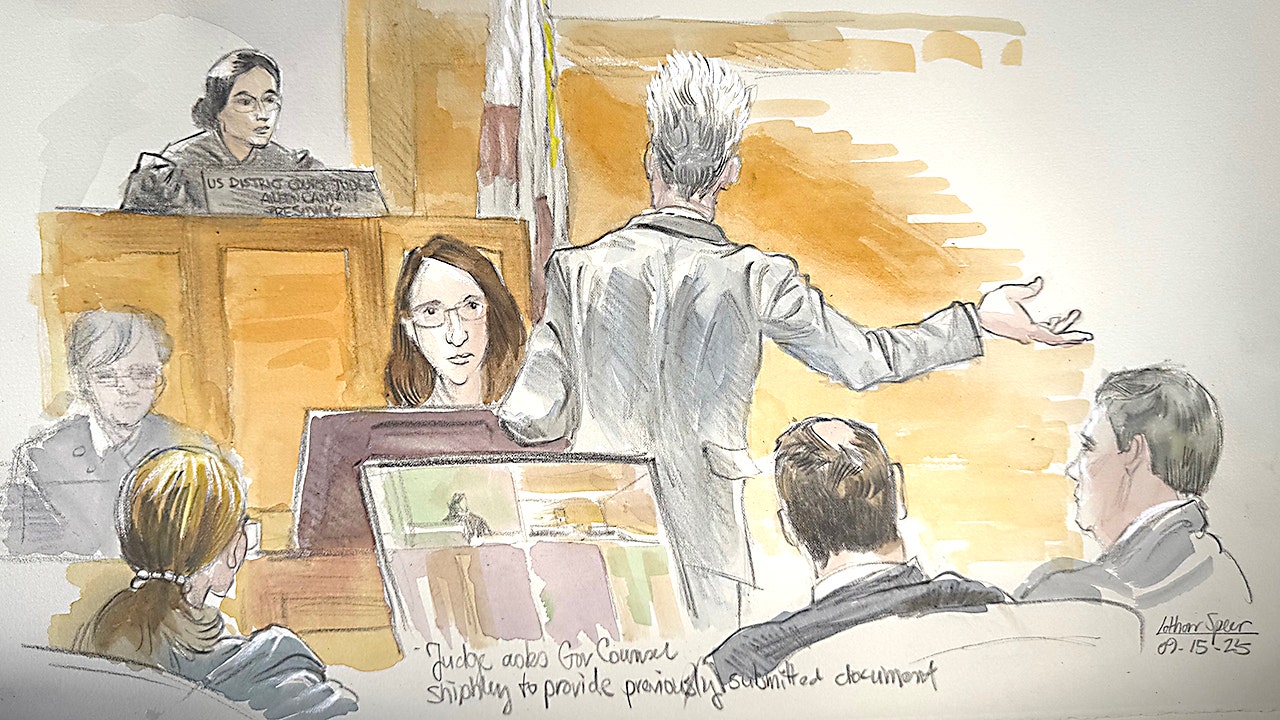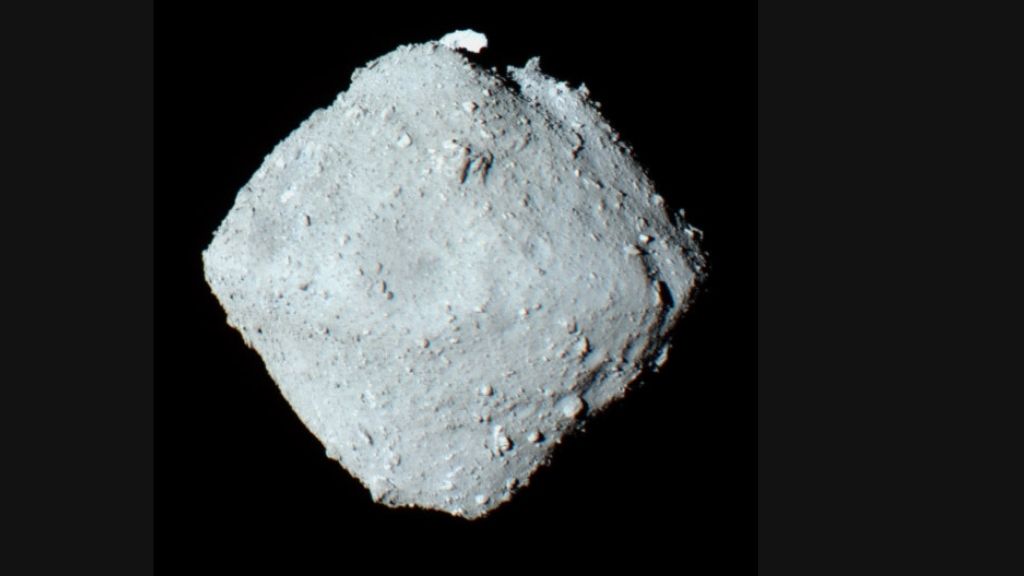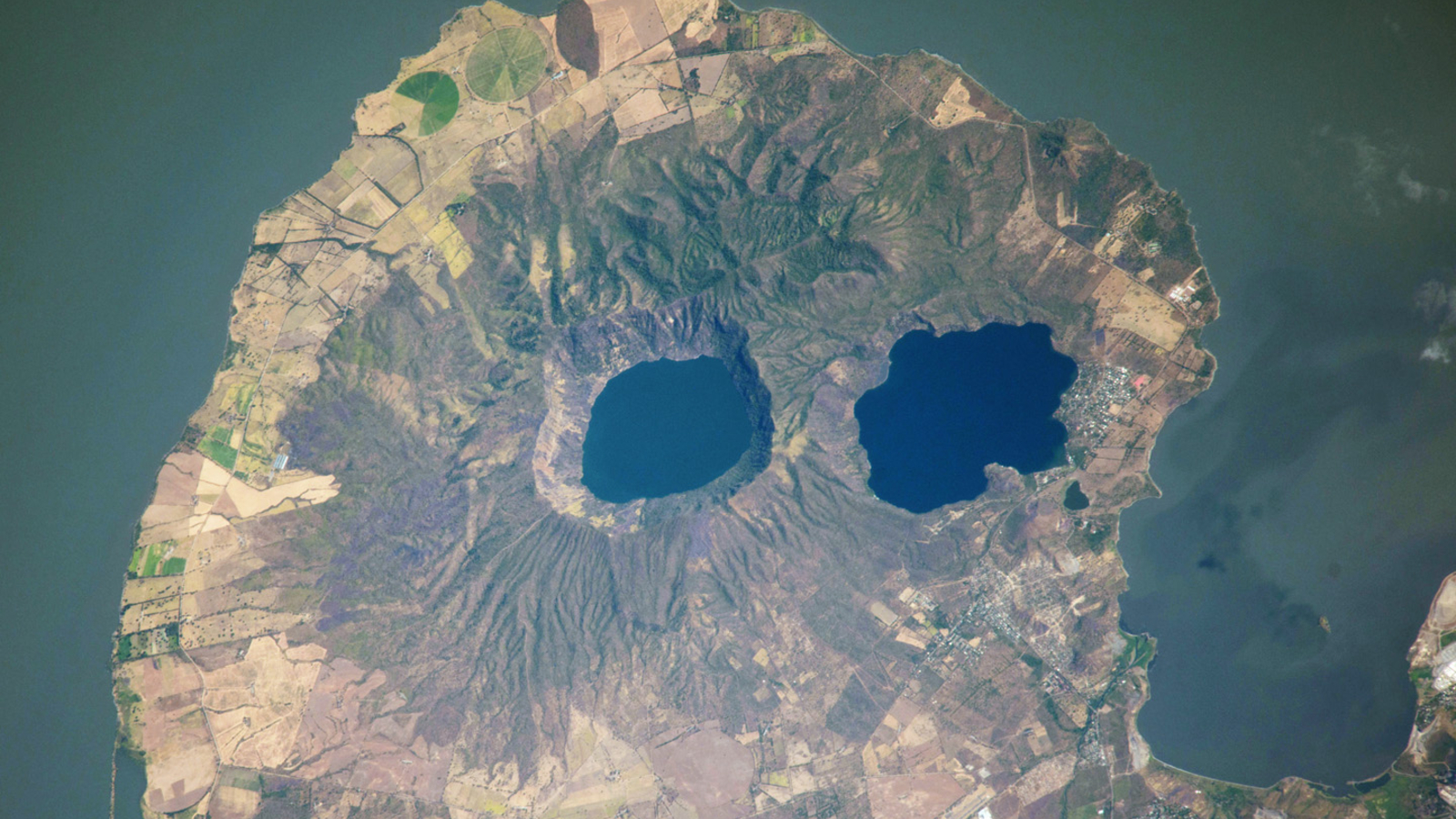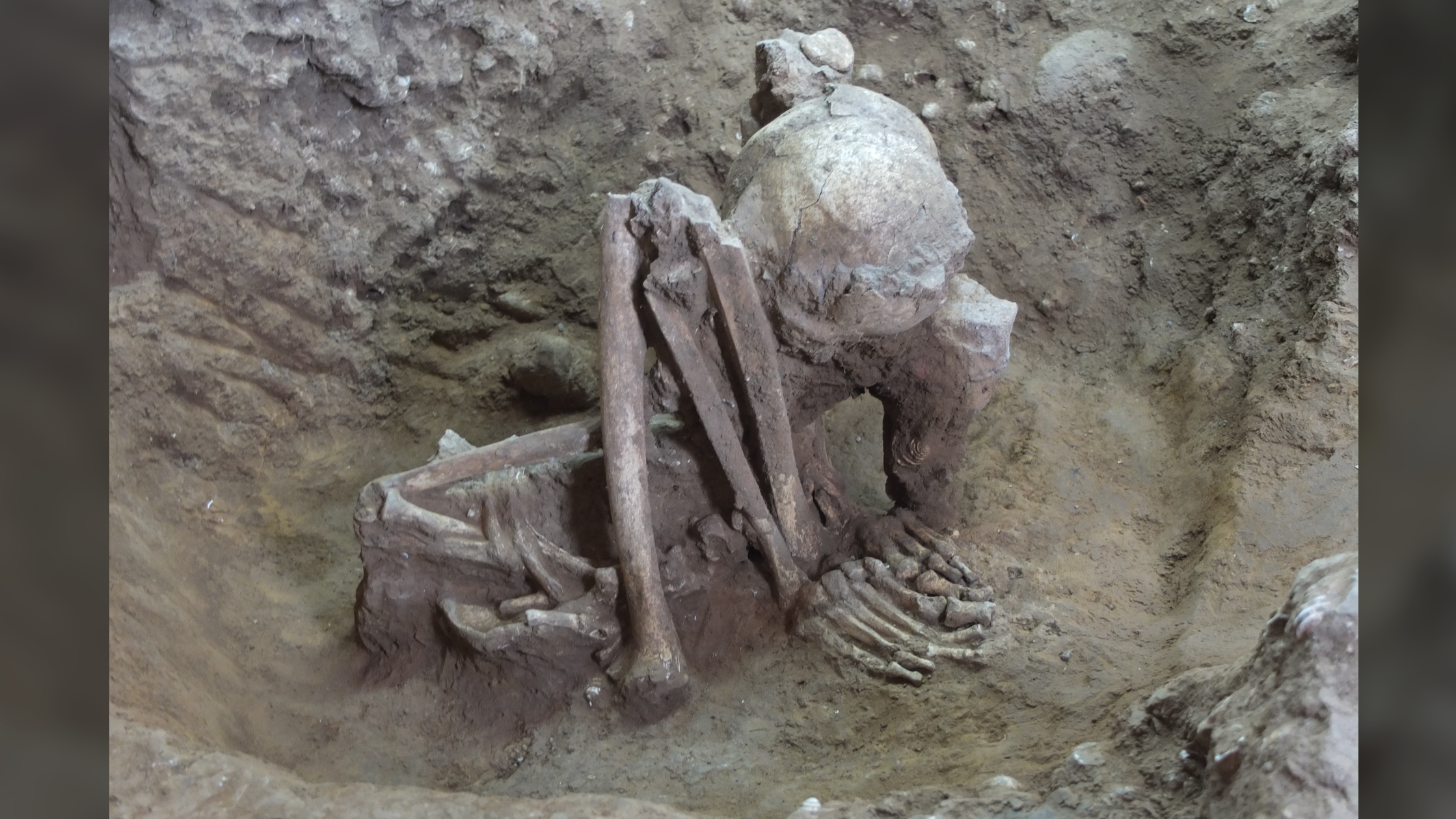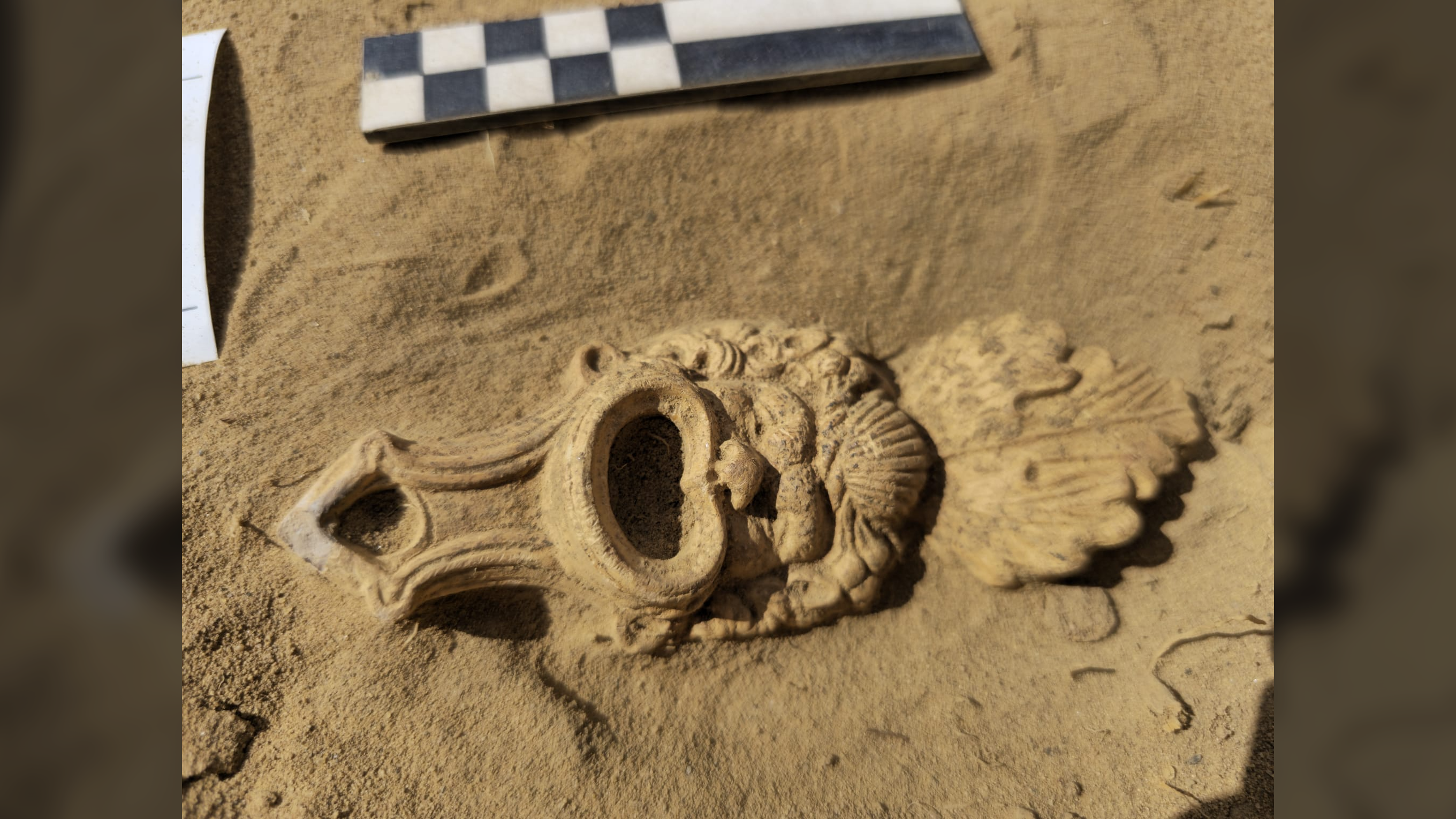The pharaoh Ramesses II is one of the best known warrior rulers of ancient Egypt, famous for his military victories and great public works. He ruled Egypt for two-thirds of a century (roughly 1279 to 1213 B.C.) during the New Kingdom period, and died when he was around 90 years old, an astonishing age for the time.
But how did Ramesses II die and what happened following the celebrated pharaoh’s death?
First, let’s start with Ramesses II’s ascension to the throne. He became pharaoh after his father Seti I (ruled circa 1294 to 1279 B.C.) died. At the start of his reign, Ramesses II was at war with the Hittites, a kingdom based in Anatolia (modern-day Turkey), and fought a major battle against them, now known as the “Battle of Kadesh”, in what is now Syria around 1275 B.C. While Ramesses II claimed victory, modern-day historians tend to believe that neither side won the battle.
Ramesses II made peace with the Hittites around 1258 B.C. and took a Hittite princess as one of his wives. Like other Egyptian pharaohs, he practiced polygamy and had many wives and concubines. Toby Wilkinson, an Egyptologist at the University of Cambridge, estimates in his book “Ramesses the Great: Egypt’s King of Kings” (Yale University Press, 2023) that he had around 100 children.
The pharaoh also built a new capital called “Pi-Ramesses” (also known as “Per-Ramesses”) in the eastern Nile delta near the modern-day village of Qantir. The “entire city bore the unmistakable footprint of its pharaonic foundation,” Wilkinson wrote, noting that it had at least 50 colossal statues of Ramesses II, most of which were built during his lifetime.
When Ramesses II died, he was buried in a tomb in the Valley of the Kings. After this tomb was plundered, his mummy was placed, along with other royal mummies, in a cache at Deir el-Bahari. His mummy is now located in the National Museum of Egyptian Civilization in Cairo.
Analyses of Ramesses II’s mummy have provided insights into his cause of death.
Sahar Saleem, a professor of radiology at Cairo University who has studied the mummy of Ramesses II extensively, told Live Science in an email that “Ramesses II was likely crippled by arthritis and walked with a hunched back for several years in later life. He also suffered from severe dental disease, which may have caused chronic pain or infection. However, no definitive cause of death was identified on CT (computed tomography) scans.” In all likelihood he died of natural causes, Saleem said.
The fact that Ramesses II lived to around age 90 was, in itself, quite a feat in ancient Egypt. At the time “most people died well before their 40th birthday and he was on the throne for two or three generations,” Susanna Thomas, an Egyptologist who works at the Grand Egyptian Museum, told Live Science in an email.
Ramessees II outlived many of his wives and children and it was Merneptah, his 13th-oldest son, who succeeded him as pharaoh. Thomas noted that there is no evidence of any fighting over the throne when Merneptah became pharaoh.
“Twelve of his elder brothers had died before him and frankly he [Merneptah] was just next in line,” Thomas said. Merneptah was probably already in his sixties when he became pharaoh and he launched a program of building new palaces and other buildings, Thomas said.
While Merneptah’s accession occurred without incident, his successors did face internal strife. “Ramesses II grandson Seti II has to deal with an usurper [named Amenmesse] who seems to have been successful in ruling over Upper Egypt for a couple of years” Henning Franzmeier, a senior research affiliate at the Cyprus Institute who is the field director of excavations at Pi-Ramesses, told Live Science in an email.
Some of Seti II’s successors also faced quarrels over the throne. The vast number of children that Ramesses II had complicated questions over succession as his descendants vied for power. There were “hundreds of members of the royal family who might have felt inclined to seek for power,” Franzmeier said.
In addition to internal turmoil, Egypt experienced invasions from a group known as the “Sea Peoples.” One invasion occurred during Merneptah’s reign while another occurred during the reign of Ramesses III (reign circa 1184 to 1153 B.C.).
The internal quarrels over the throne, along with problems dealing with the Sea Peoples invasions, “ultimately led to the decline of royal power in Egypt,” Franzmeier said.

Legacy
Ramesses II was so powerful, he was worshipped in life as a living god. And even after death, his cult continued to some degree.
“Surprisingly his cult is not attested widely after his death — although bits and pieces of evidence do appear,” Campbell Price, a curator of Egypt and Sudan at the Manchester Museum, told Live Science in an email.
A sarcophagus mentions a priest devoted to the worship of Ramesses II who lived at the site of Abydos during the Ptolemaic period (circa 304 to 30 B.C.) Price said. This means that some people were still worshipping Ramesses II 1,000 years after he died.
Price noted that pharaohs named themselves “Ramesses” or “Usermaatre” (his throne name) for centuries after Ramesses II’s death. Pharaohs also treated items of his with great respect. “Objects from his robbed tomb were clearly prized heirlooms and were incorporated into later royal burials at Tanis [an ancient city], surely with a sense of reverence for their illustrious ancestor,” Price said.
Ancient Egypt quiz: Test your smarts about pyramids, hieroglyphs and King Tut
